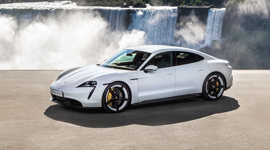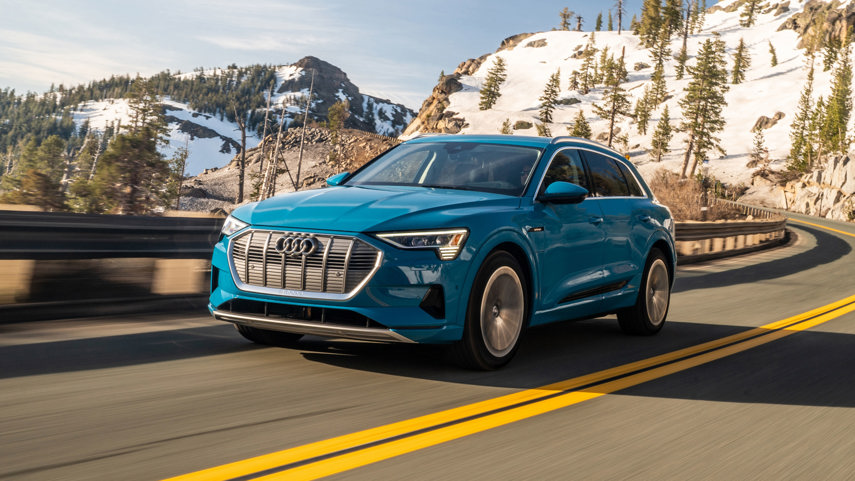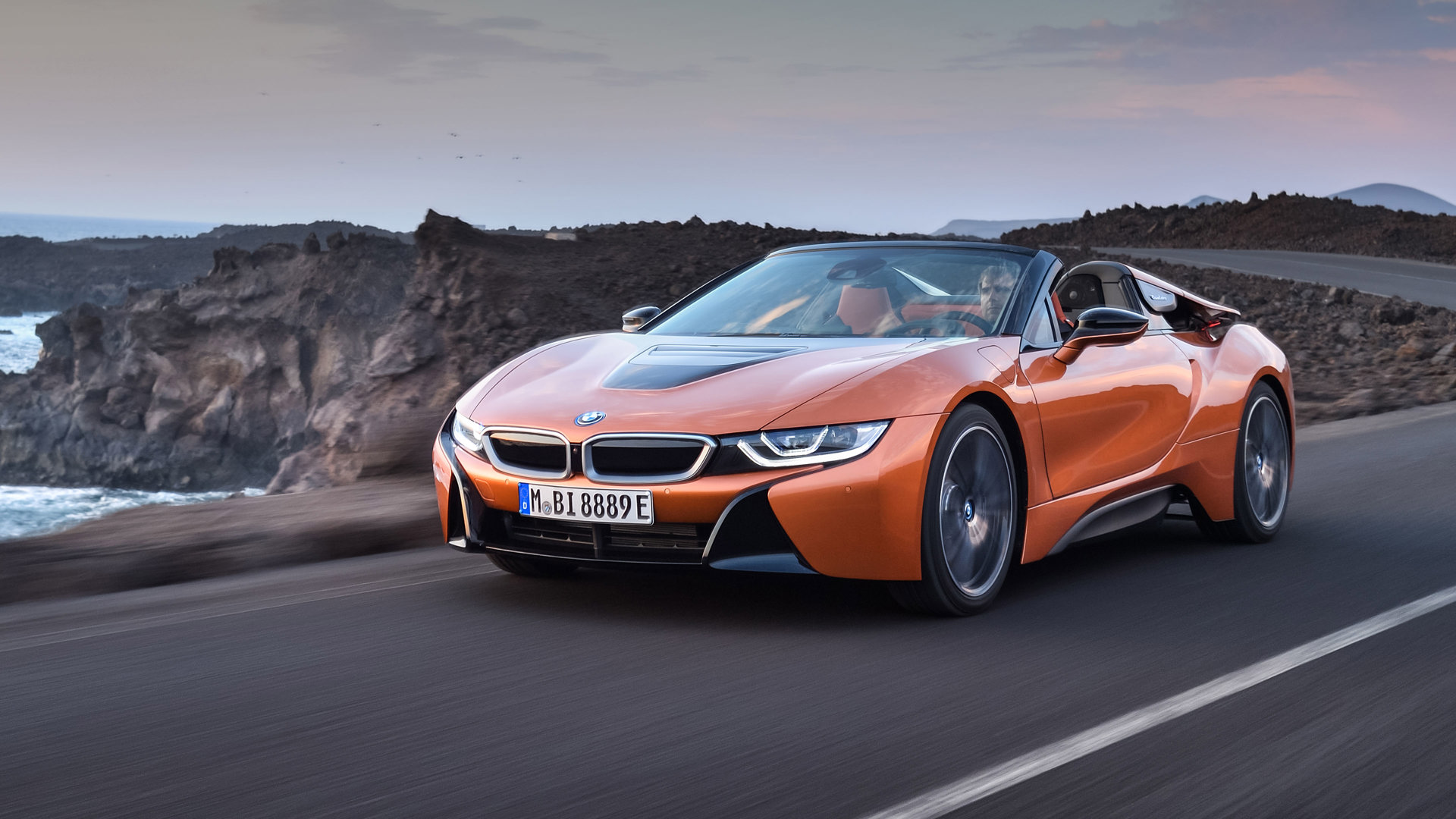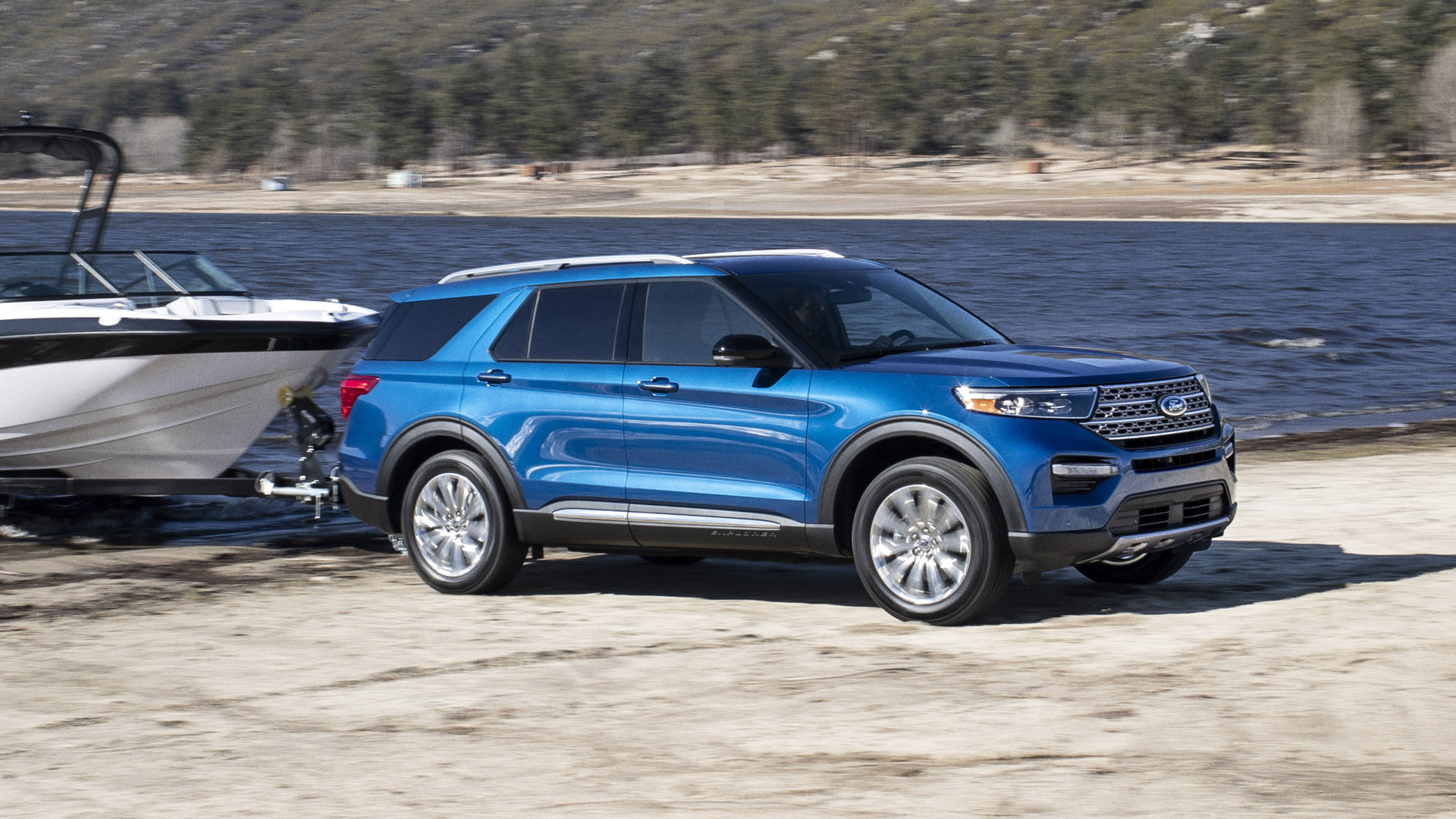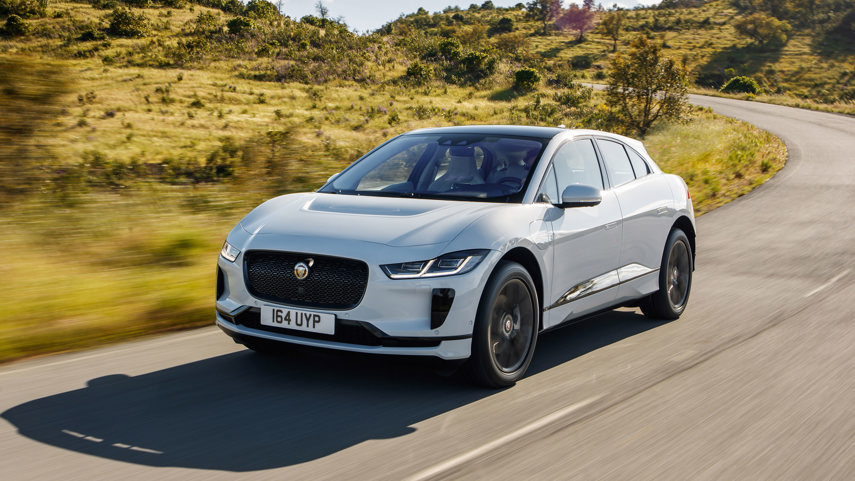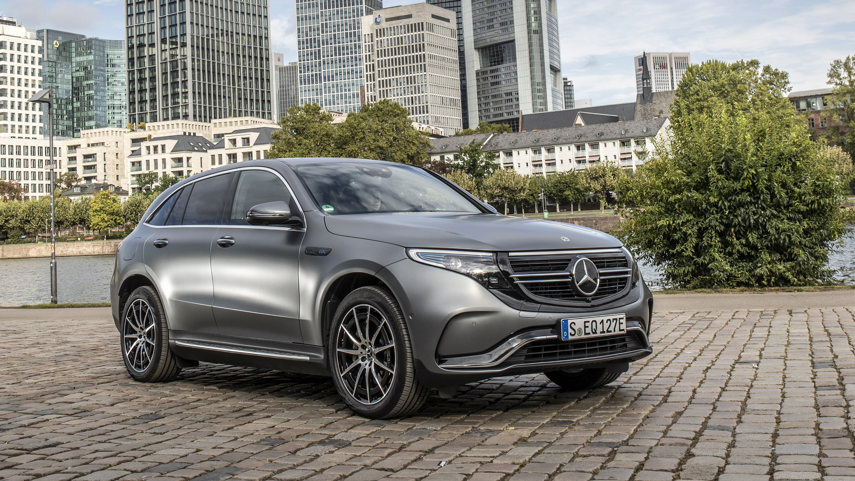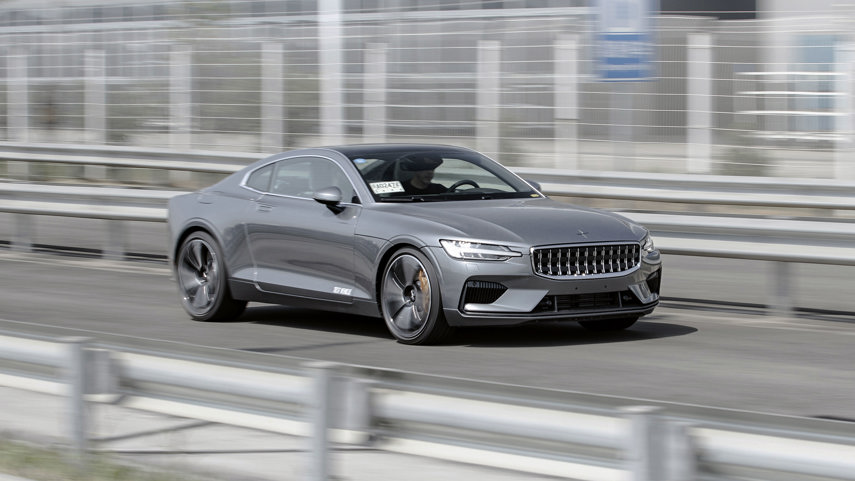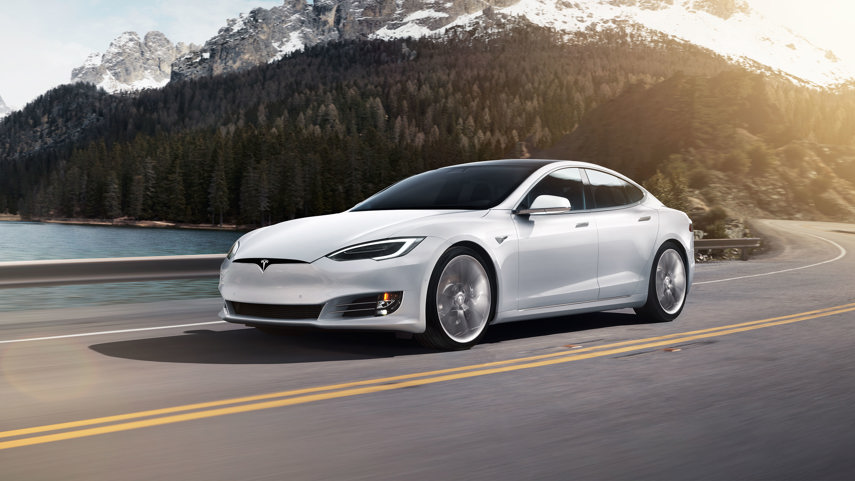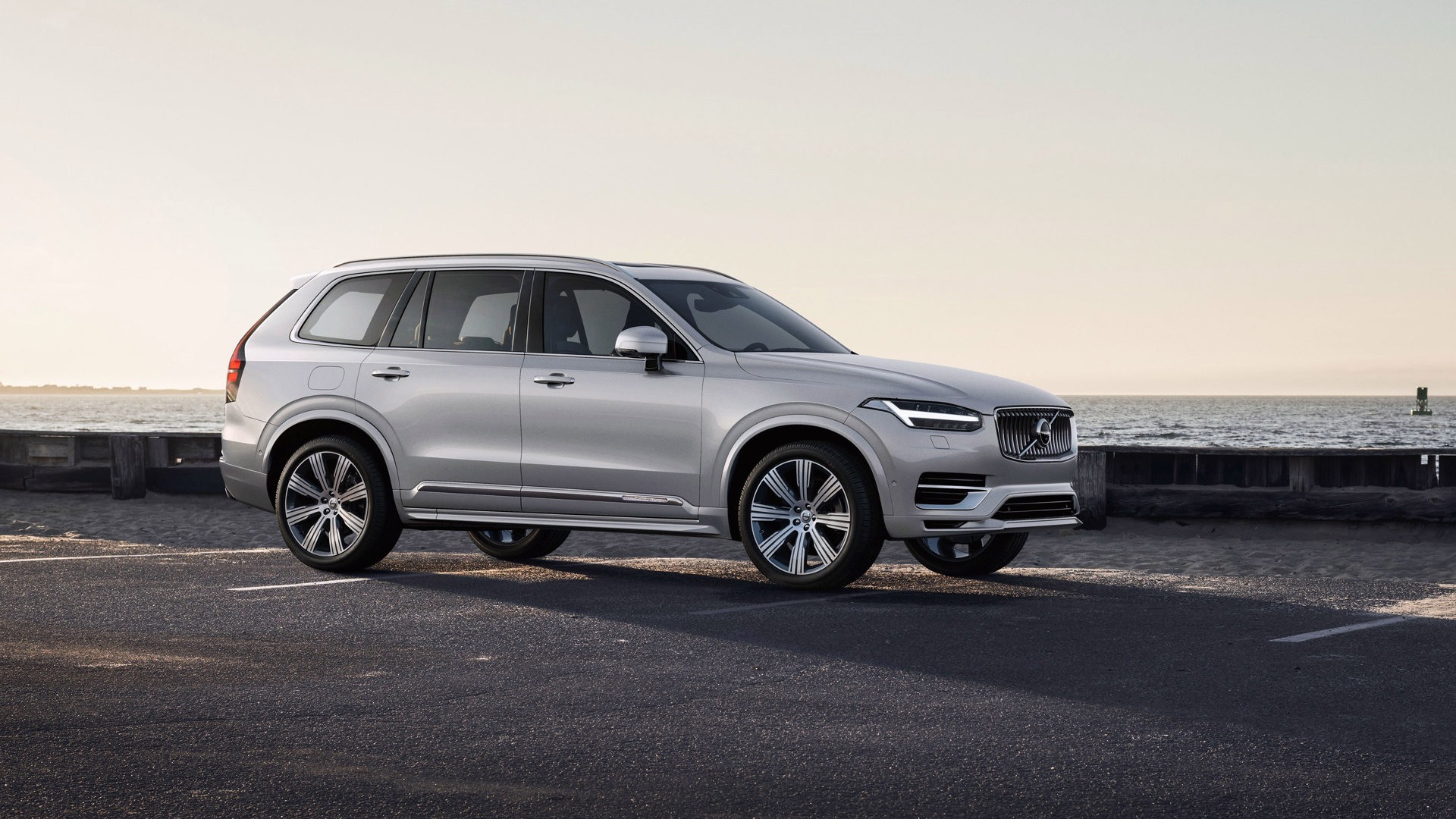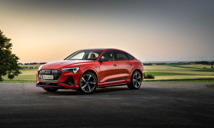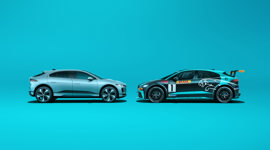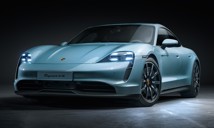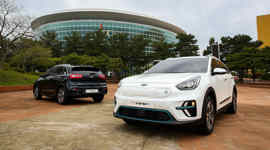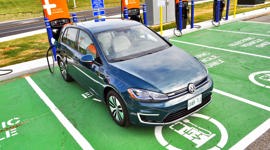Five years ago, our list of the Best Green Vehicles for Over $50,000 would have been pretty short. Five years before that, it might have been empty. But automakers are quickly learning that it’s a little easier bein’ green than Kermit the Frog would have you believe, and that loading them with luxury and performance features makes it easier for both buyer and seller.
The vehicles on this list offer performance, luxury or, in a couple of cases, a whole lot of size. No matter what these finalists do, they all do it in a way that saves at the pump.
Even the most environmentally savvy shopper doesn’t want to settle for a paper-thin interior and one-speaker stereo in the name of efficiency. Instead, they still want the niceties of their previous luxury car or SUV with the added benefit of an alternative powertrain that sips fuel and saves the air we breathe. That’s why, when our jury of more than 20 professional Canadian automotive journalists voted on the finalists for Green Vehicle over $50,000, they looked at performance, available features and overall comfort for every single EV, plug-in hybrid, hybrid or otherwise electrified model that Canadians can buy today. More important to this segment, however, is how good they are to the planet – their range should be high, their fuel consumption should be low, and their drivelines should be innovative.
In other categories, we have only five finalists, but many of the vehicles in this group tied in the shortlist voting. Regardless, there can be only one winner, and we’ll reveal which of these green vehicle finalists takes home the hardware on Jan. 20, 2020.
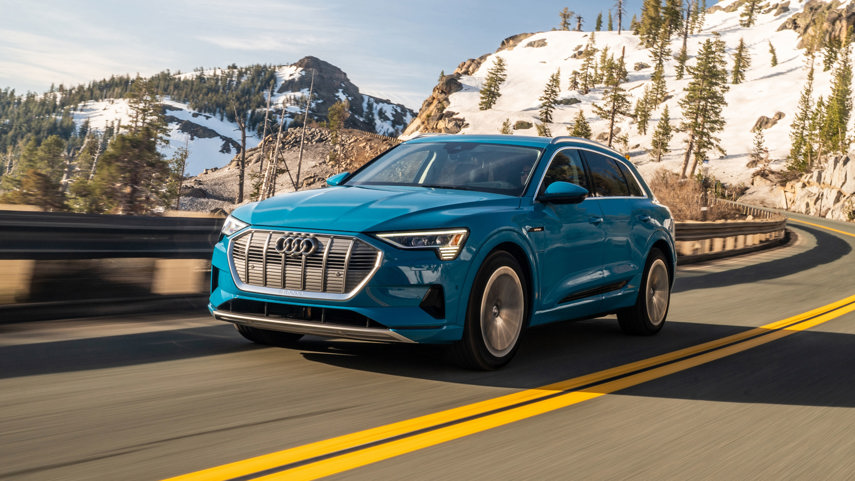
Audi e-tron
The e-tron is Audi’s first production vehicle that runs exclusively on battery power. It’s about the size of Audi’s existing Q5 crossover, but thanks to the efficiencies of an electric motor rather than a gas engine, interior space is more like the larger Q8.
The 150-kW fast-charging capability of the e-tron makes it one of the faster-charging EVs around – if you can find a charge point that can keep up. With 402 hp of nearly silent power, the e-tron gives you more luxury when you’re cruising. Ultimately, this crossover is aimed more at the comfort side than performance while delivering the upscale styling and practicality that premium SUV buyers are after.
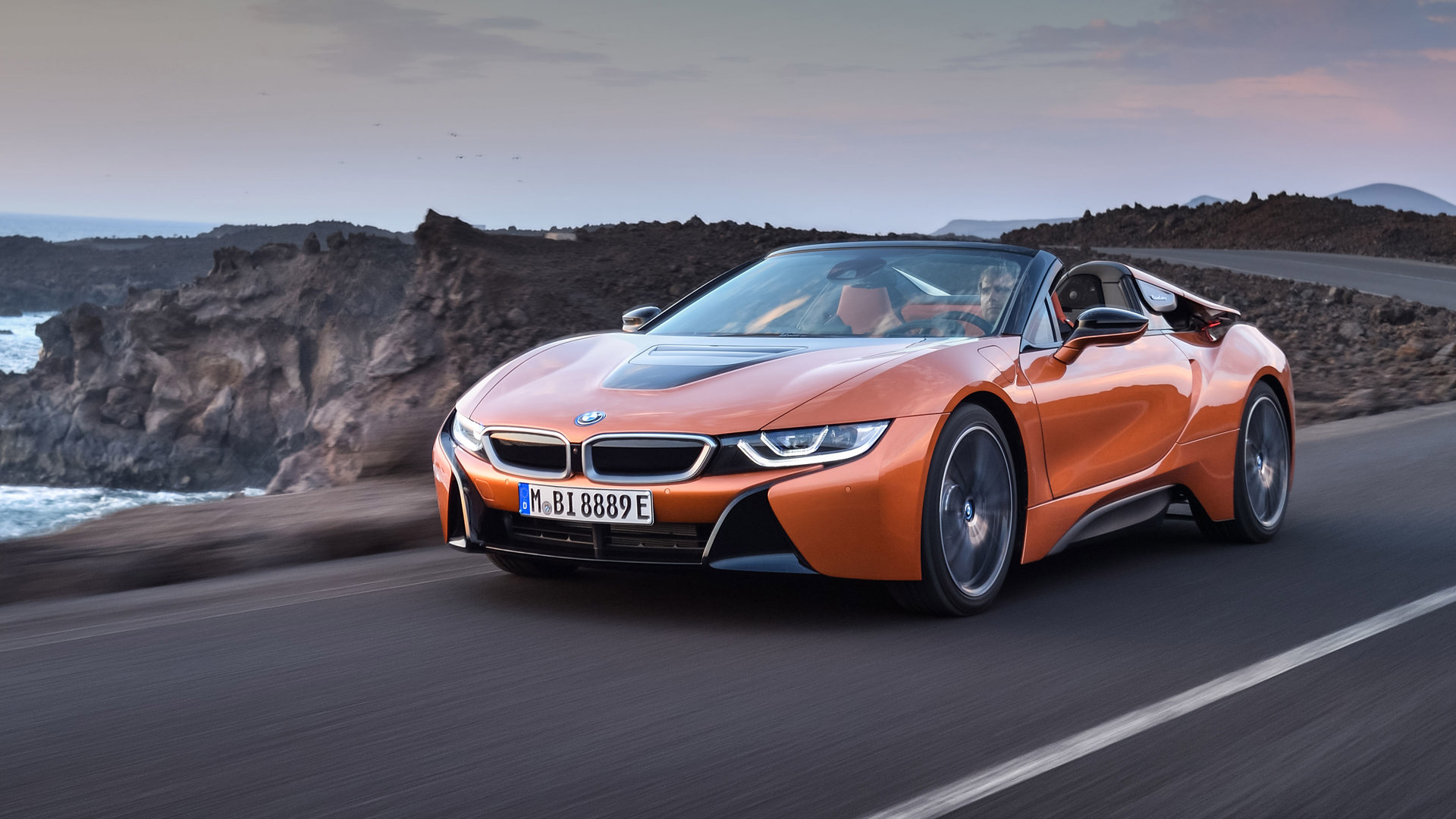
BMW i8
The i8 is the car of the future that we were promised in the science fiction of the 1950s. It looks like a spaceship from just about every angle. And with the hybrid-electric driveline, it sounds like one too. Our Justin Pritchard called it “a massive scene on wheels. A curvaceous outburst. A visual temper tantrum.”
But it takes more than that to make our awards shortlist. Like the powertrain – in the case of the i8, a 1.5-litre three-cylinder turbo. That’s right, the car’s exotic outside has a far more economical inside. That engine powers the rear wheels and a generator, while an electric motor is equipped up front for net system output of 369 hp and a 0–100 km/h sprint of about four seconds. Thanks to the plug-in hybrid system, the BMW i8 can travel 29 km using only electric power and is rated for a combined gas-electric consumption of 3.4 L/100 km, according to Natural Resources Canada – fuel economy that’s as eye-popping as the styling.
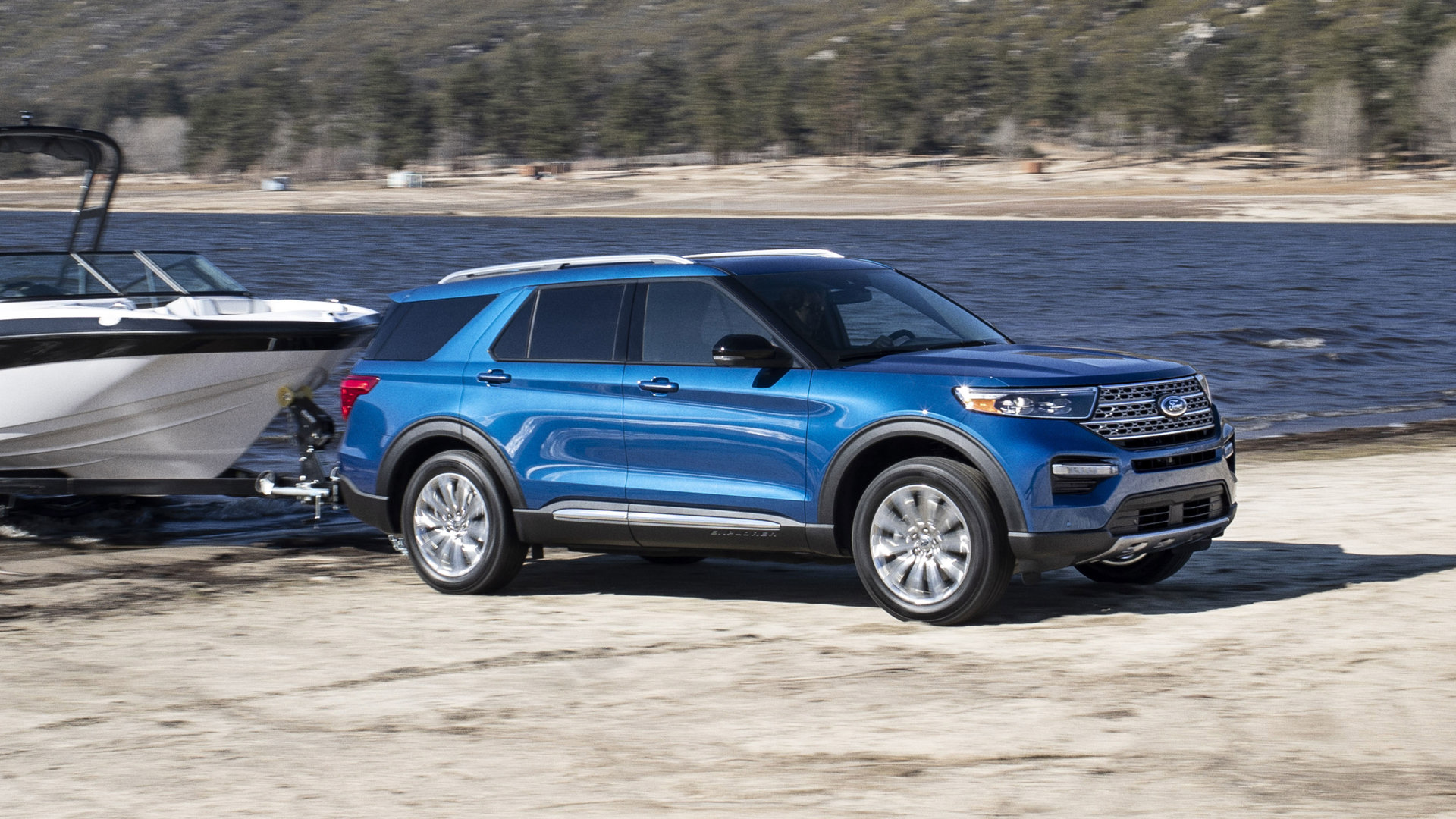
Ford Explorer Hybrid
So far, finalists for our best green vehicle over $50,000 span the ultra-premium performance sedan space all the way through luxury utilities and even dabbles in full-on exotics. But of all the vehicles that made the shortlist, the Ford Explorer impresses because of its practicality. Not only is this latest Explorer a family-friendly green ride, but Ford has given this popular seven-seater rear-biased for improved handling. It also boosted interior space, along with the number of active safety features, and the amount of tech inside.
More important in this category, though, is the all-new hybrid powertrain that’s available. A 3.3-litre V6 sports an electric motor that’s integrated into the 10-speed automatic. It’s good for 318 hp, enough to motivate this big SUV, and it’s still rated to tow with the hybrid driveline. Ford hasn’t announced fuel economy ratings just yet, but the brand did say the Explorer is projected to travel more than 800 kilometres on a tank. That’d put it somewhere in the very low 8L/100 km range, which is impressive for a family hauler.
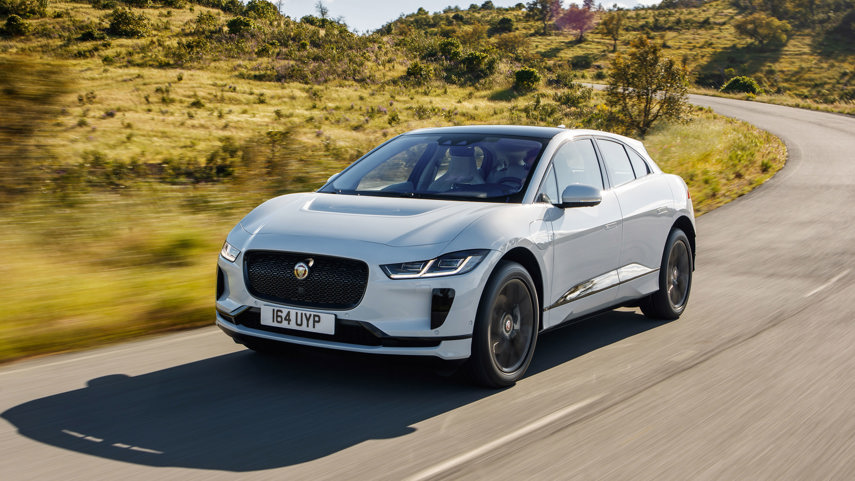
Jaguar I-Pace
When you get into a Jaguar, you expect an experience that’s special. With its first EV, the British automaker has delivered on that expectation, with the addition of a smooth and serene twin-motor powertrain that delivers all-wheel drive, 394 hp and 512 lb ft of torque and a battery that offers nearly 400 kilometres of range on a full charge.
There’s more to a premium green vehicle than the powertrain, though, and the I-Pace delivers the styling and amenities Jaguar is known for. There’s some of the wood trim you’d expect, but there’s also plenty of aluminum and soft leather with a new style of design and a luxury experience that moves the Jag interior into the 21st century.
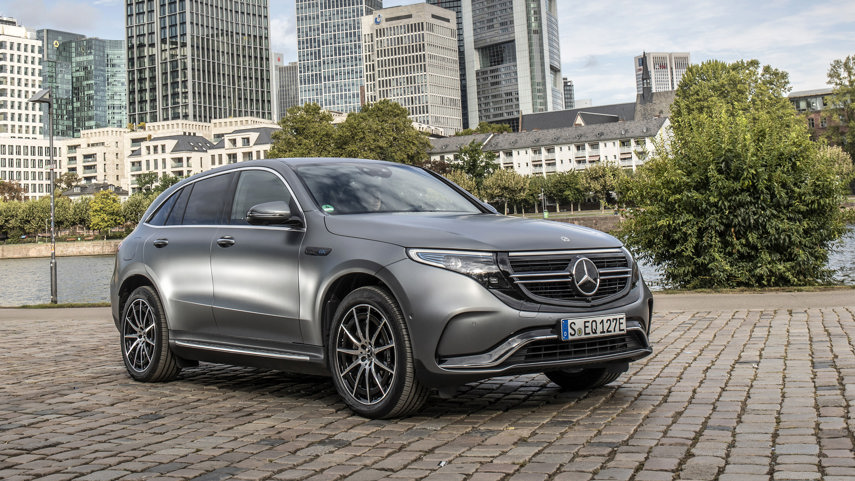
Mercedes-Benz EQC
The EQC isn’t the first electric vehicle offered by Mercedes-Benz, but it is the first in the automaker’s new EQ lineup. You might call it the brand’s first serious attempt at an EV, with earlier efforts more of an experiment. An 80-kWh battery and two electric motors mean fast acceleration and a projected electric range of around 320 kilometres.
It debuts some handsome new styling for MB as well, including softer curves and a slick LED lightbar in the grille. More importantly, the EQC is an electric vehicle in a Mercedes-Benz wrapper, with excellent fit and finish, an intuitive new infotainment system, and the bank-vault build quality that the brand is known for.
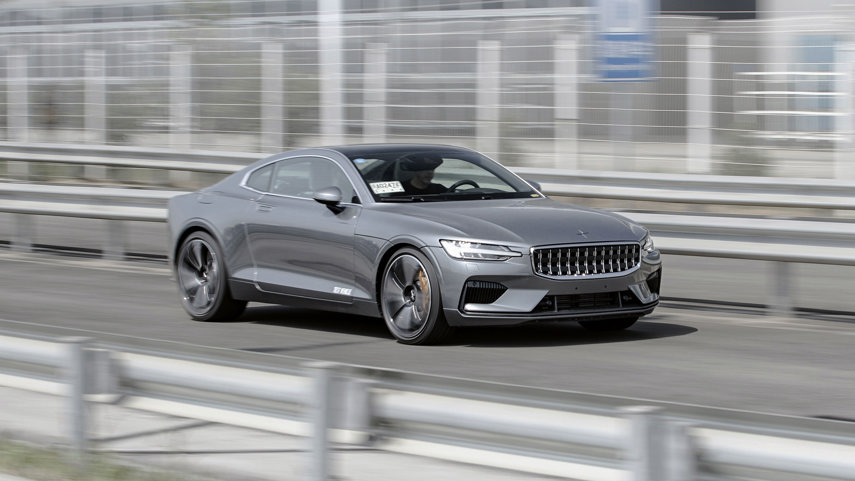
Polestar 1
Polestar has had an interesting run, transforming from Volvo factory race team to in-house performance car builder to now developing and building its own electrified vehicles. The 1 is, of course, the sub-brand’s first such effort. A performance electric hybrid is how the company bills it, with two electric motors driving the rear wheels and a 2.0-litre four-cylinder driving the ones up front. That’s good for a total of 591 hp and 738 lb ft of torque.
More importantly, though, especially in this category, is the 34-kWh lithium-ion battery back. That allows for a range of around 150 km using just the electrons and a still impressive amount of power. That’s about the top of the PHEV pile. It also has a carbon-fibre body, track-tuned suspension, and styling that’s derived from Volvo, but decidedly more appealing.
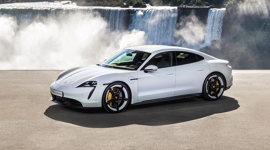
Porsche Taycan
This is not the first Porsche with batteries, but it’s the first one that is fully electric. When you’re a brand that trades on performance, you need to try extra hard to make sure that buyers who want a performance car get a performance car but that the green buyers still get green.
To help accomplish this, the Taycan gets a pair of electric motors that can put out as much as 670 hp, while the lithium-ion battery back under the passenger cell provides a driving range of up to 450 kilometres on a single charge. The company’s pending fast-charge network can give the Taycan 100 km of range in as little as five minutes. But while it can tackle the drive from Toronto to Ottawa on a single charge, the Taycan is also able to go around the track like a son of Stuttgart should. Regardless of trim level, the pure electric Porsche delivers handling that lives up to the badge and should be able to do it for the full capacity of the battery.
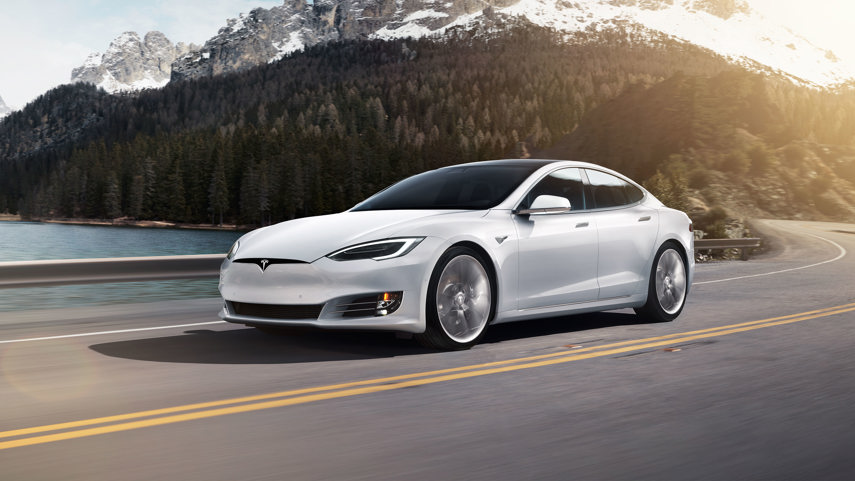
Tesla Model S
The first EV brand on most people’s minds is Tesla, and that’s because the Model S pretty much started the premium EV segment.
Being the elder stateman of the bunch doesn’t mean the Model S is getting left behind, though, over-the-air software updates have helped ensure the sedan can still rub fenders with the latest and greatest on the market. Tesla even recently updated the air suspension to improve ride comfort. The huge infotainment screen offers an experience like no other vehicle (there are even video games to play), and so does the driveline. 0–100 km/h is achieved in less than three seconds if you pick the P100D with aptly-named Ludicrous mode, while the Long Range models gets an impressive electric range of nearly 600 km. Bolstering the Tesla’s appeal is a network of fast-charging stations that is untouched by any other EV maker, easily putting the Model S among our top premium green vehicle picks.
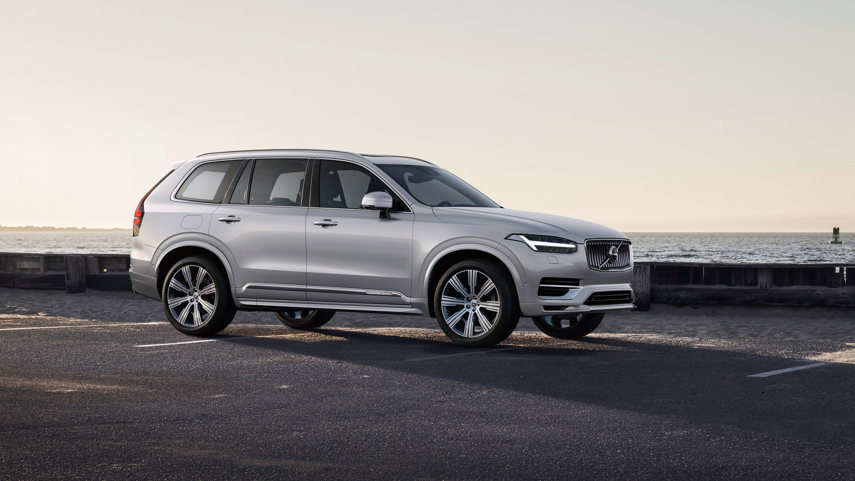
Volvo XC90 T8
The Volvo XC90 T8 was one of the first plug-in hybrid SUVs to arrive on the Canadian market when it went on sale four years ago, taking Volvo’s handsome yet functional styling and impressive interior of the standard XC90 and adding some electric power and a plug. It’s powered by a 2.0-litre four-cylinder with a clever turbocharger and supercharger arrangement plus a battery in the floor and an electric motor that gives it a range of around 40 gas-free kilometres.
The XC90 T8 is quick, effortless, smooth and efficient. You can heat it up while it’s plugged in and it won’t cool you off when you’re driving it quickly. There’s an air suspension setup for increased comfort and to make it easier to get in and out of, and three rows to give you more passenger space when needed.
